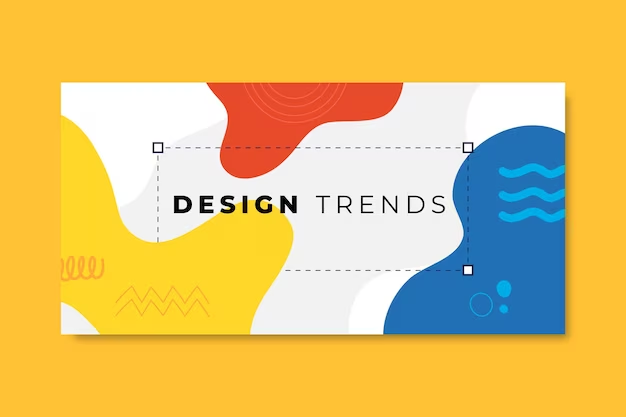25 Mar, 2023
Design Trends and Inspiration
Web design blogs can highlight current design trends, showcase inspiring website examples, and offer tips on implementing these trends effectively. Visual content, such as galleries and videos, can enhance these posts.

In the dynamic realm of design, staying updated with the latest trends and drawing inspiration from various sources are essential for creating captivating and relevant visual experiences. Whether you're a web designer, graphic artist, or architect, understanding design trends and finding inspiration can elevate your work to new heights. In this blog, we'll explore the fascinating world of design trends and how to harness inspiration to fuel your creative journey. ing guidelines that shape the visual language of a given era.
The Importance of Design Trends
Design is an ever-evolving language that communicates ideas, emotions, and functionality. Staying updated with design trends and finding inspiration in various forms are essential for designers to create compelling and relevant visuals. In this blog, we'll delve into the dynamic world of design trends, their significance, and the plethora of inspirations that fuel creative excellence.
A Harmonious Blend
Designers should aim for a harmonious blend of design trends and personal creativity. Trends should serve as a foundation, allowing for unique and personal expressions of creativity.
Why Design Trends Matter
Design trends and inspiration are the lifeblood of creativity in the visual arts. By embracing and adapting to current trends while drawing inspiration from diverse sources, designers can create compelling and relevant works of art. Remember that design is not just about following trends but also about pushing boundaries, telling stories, and leaving a lasting impact on the world through the power of visual communication. Embrace the trends, harness your inspiration, and let your creativity shine.
- Relevance: Staying current with design trends ensures your work remains relevant in a rapidly changing world.
- User Expectations: Trends often reflect user preferences. Adhering to them can enhance user experiences and engagement
- Innovation: Design trends inspire innovation by pushing designers to explore new ideas and technologies.
- Competitive Edge: Being aware of and implementing the latest trends can give you a competitive edge in the market.
Feedback and Collaboration
Share your work with peers, mentors, and the design community. Constructive feedback and collaboration can provide new perspectives and ideas.
Tools and Platforms
In the ever-evolving landscape of web design, continuous improvement is not just a strategy; it's a necessity. By committing to ongoing learning, user-centered design, and iterative processes, web designers can create websites that not only meet but exceed user expectations.
- Pinterest: A treasure trove of visual inspiration and mood boards.
- Behance and Dribbble: Platforms showcasing designers' portfolios and projects.
- Social Media: Instagram, Twitter, and design-focused communities
Related Blogs


 @dezwebsolutions.com
@dezwebsolutions.com